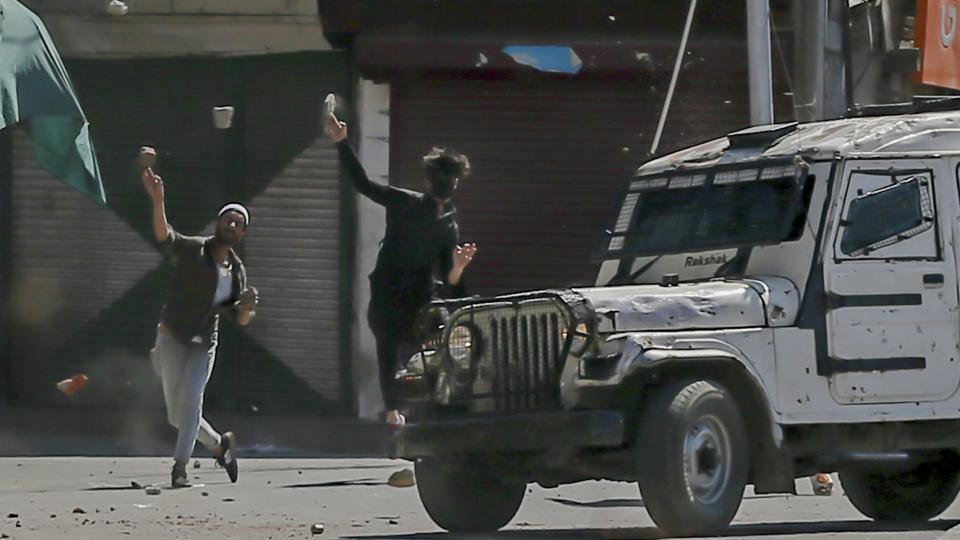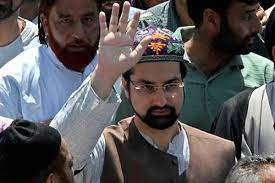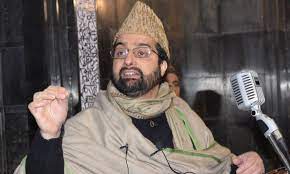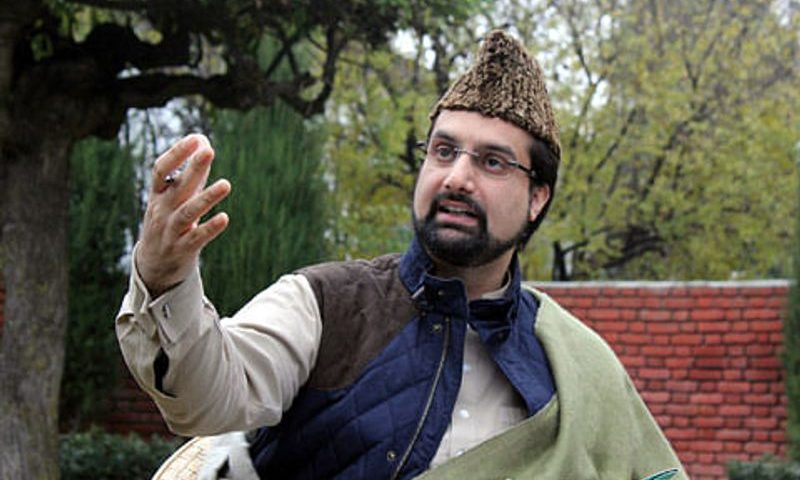The government’s security challenges began three days before it took office. On May 23, 2014, the Indian consulate in Afghanistan’s Herat, bordering Iran, was attacked by four gunmen. One attacker jumped into the compound but was neutralised by the Indo Tibetan Border Police personnel. The other three entered nearby buildings and fired on the compound. After a 10-hour gun battle, they too were neutralised.
Officials concluded the plan was to occupy the consulate and take staff hostage and make a spectacle coinciding with Modi’s oath-taking. India officially stopped short of blaming Pakistan but many in the security establishment suspected the hand of Pakistani elements.
With Modi’s ascendance, the security environment changed. The Jaish-e-Mohammad became active and targeted security camps along with Lashkar-e-Taiba , first in Jammu and Kashmir, and later in Punjab. Each attack raised questions about the government’s preparedness and sharpened Opposition criticism.
Militancy in Kashmir turned another page with the killing of Hizbul Mujahideen commander Burhan Wani in July, 2016 with mass protests and stone pelting as law and order become a priority of the state and central government. In October last year, the government appointed former Intelligence Bureau chief Dineshwar Sharma as an interlocutor.
But as Kashmir continues to be a problem — and not strictly an internal one, given the involvement of Pakistan — the National Democratic Alliance managed to tackle left-wing Maoist insurgents successfully, across several parts of central India, and also benefited from the fact that the Indian Mujahideen (IM) terror outfit, involved in several bomb attacks in India, is more or less extinct.
In December 2014, Maoists killed 14 CRPF personnel in Chhattisgarh’s Sukma. In 2016, they killed 10 CRPF commandos belonging to the force’s elite anti-Maoist force, the Commando Battalion for Resolute Action (CoBRA), in Bihar’s Aurangabad district. The deadliest Maoist attack till date came on April 24 last year, when armed rebels killed 25 CRPF personnel and injured seven in Sukma district. Yet, since May 2014, security forces have killed 544 Maoists.
Intensive operations, coupled with development programmes and schemes to deprive Maoists opportunities to exploit local populations, helped. Incidents of violence came down to a three-figure number in 2017 for the first time this decade.
The government had different plans altogether for the Northeast. Multiple home ministry officials HT spoke to agreed that militancy is on the decline in the region. Government data supports this fact. From 1,024-odd insurgency-related incidents across the region in 2012, the number came down to 308 in 2017.
Former CRPF chief Dilip Trivedi who retired in 2014 acknowledged improvements in NE and in Maoist-affected areas. “The real challenge remains Kashmir where militancy has shown no sign of waning. Furthermore stone pelting has emerged as a major security concern,” Trivedi said.






